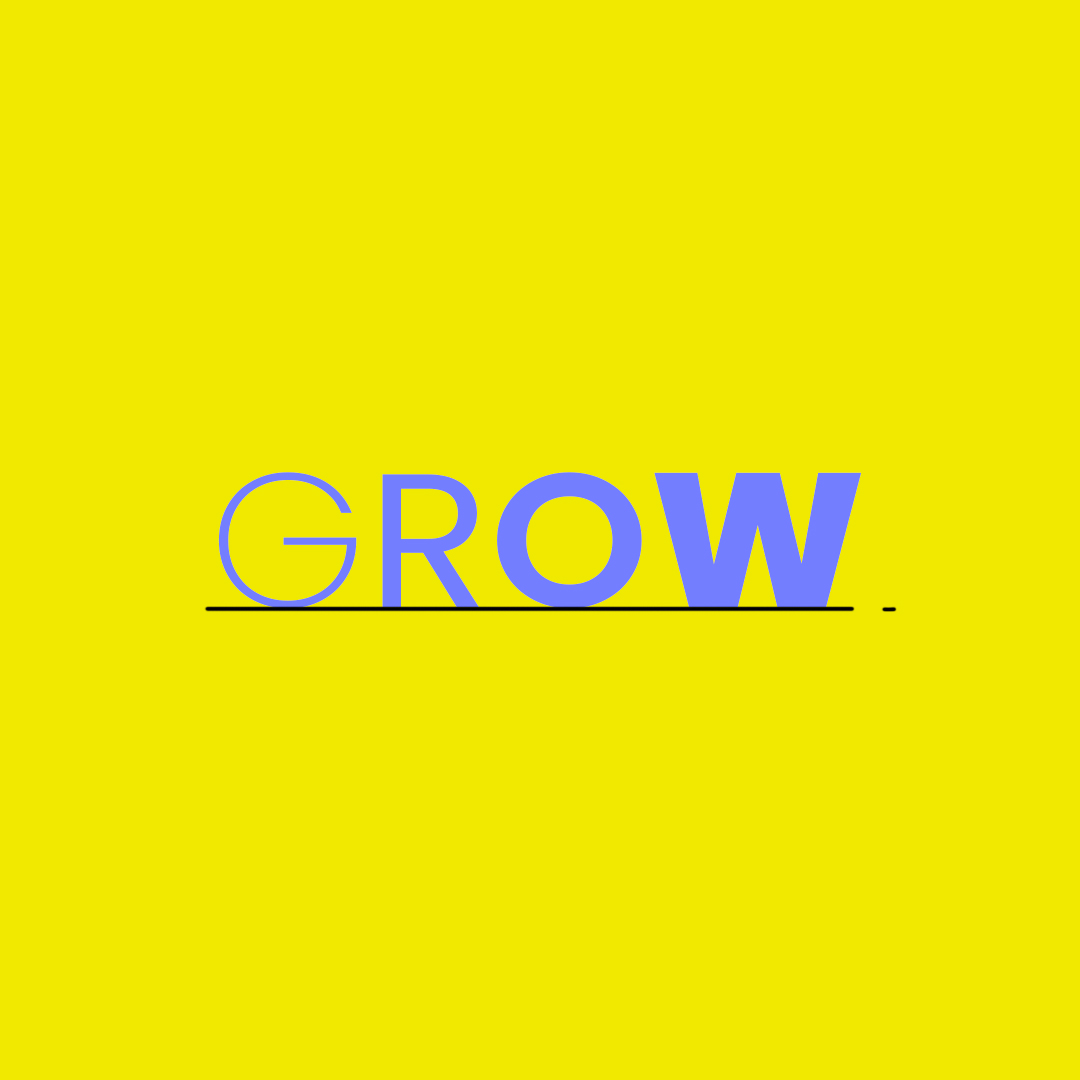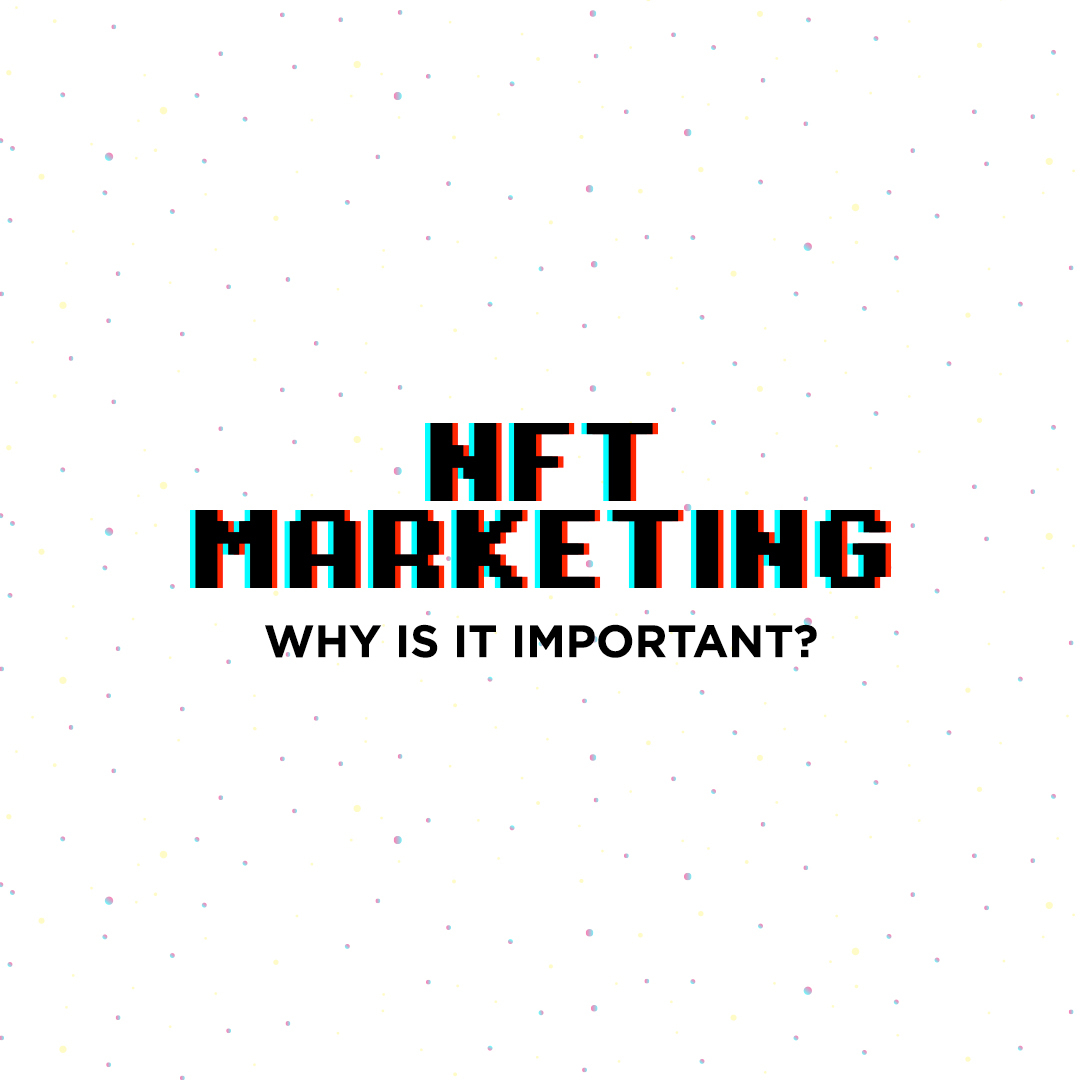Design is an essential part of Zein Design, as the name of the company suggests. To give you an insider look into how the design process works internally, we sat down with our designers for a quick chat. We got to know more about their day, their passions, their clients, and what it’s like to be a designer all in all.
Here’s what they said:
1. What’s your favorite thing about being a designer?
The designers expressed how much they enjoy communicating things in a visual manner. In short, they love how they can transform simple ideas into pieces of art. They said that it is particularly rewarding to see the projects they’ve worked on go live. To them, the smallest of things make a difference — from the ability to work on designs with music on, according to Huda, to having your childhood passion for art and design turn into a career, which is true for Razan.
2. What does a typical day for a designer look like?
For starters, there wasn’t an answer that didn’t involve coffee to some degree. They all agreed that they just cannot kickstart their day without a cup of joe. After getting their dose of caffeine, the designers check for any new or pending tasks, look for inspiration, and check their calendars to see if they have any upcoming meetings with clients.
As Zein Design’s founder and director Zein Khalifeh puts it, it’s all “coffee, create, coffee, create, etc.” As for Tricia, she likes to dedicate part of her day “to creating something personal, whether doodling, animating, or looking for inspiration to stay creative.”
3. What everyday challenges do designers encounter?
Perhaps the biggest challenge our designers face on a daily basis is understanding the clients’ needs and, according to Malak, “being creative enough to impress.” As for Tricia, she says one of the toughest things is knowing how to balance the artistic side of things with business goals.
On the other hand, time can be quite limiting. Although creativity and inspiration can make it challenging to meet deadlines, the designers said that there is always a team member willing to give a hand whenever needed.
4. What is the best way to give feedback to a designer?
All it takes is a show of appreciation into the hard work that has been put into the design, Ahmad says. Moving on to feedback, all designers stressed the importance of providing precise feedback, which saves both time and effort. Razan prefers if feedback took place via audio/video calls with clients to better understand their needs. Zein adds that providing examples of what you’re looking for can also help designers see things from your lens.
5. In your opinion, what makes a designer a good one?
A good designer is many things, though imagination and creativity, unquestionably, top the list. Curiosity and passion are also extremely important characteristics that good designers embrace. Without passion, it’s difficult to have patience, an essential quality of successful designers.
According to Zein, designers should always be willing to learn new things and take on challenges with a positive attitude, which she believes is synonymous with being a good listener. Tricia also stresses how important it is for designers “to be open to new ideas and experiment fearlessly through trial and error.”
6. What, in your opinion, makes a successful designer-client relationship?
Like any relationship, both sides must put effort into making it work.
Designers, on the one hand, must take into account the fact that the client may not be knowledgeable in the area of design. This is where patience and proper communication come into play. In addition to that, designers, according to Huda, should accept feedback, as long as it is constructive.
Clients, on the other hand, should be clear about what they want, trust the designer, and as Razan and Huda said, understand that a bigger logo does not increase the likelihood of success.









